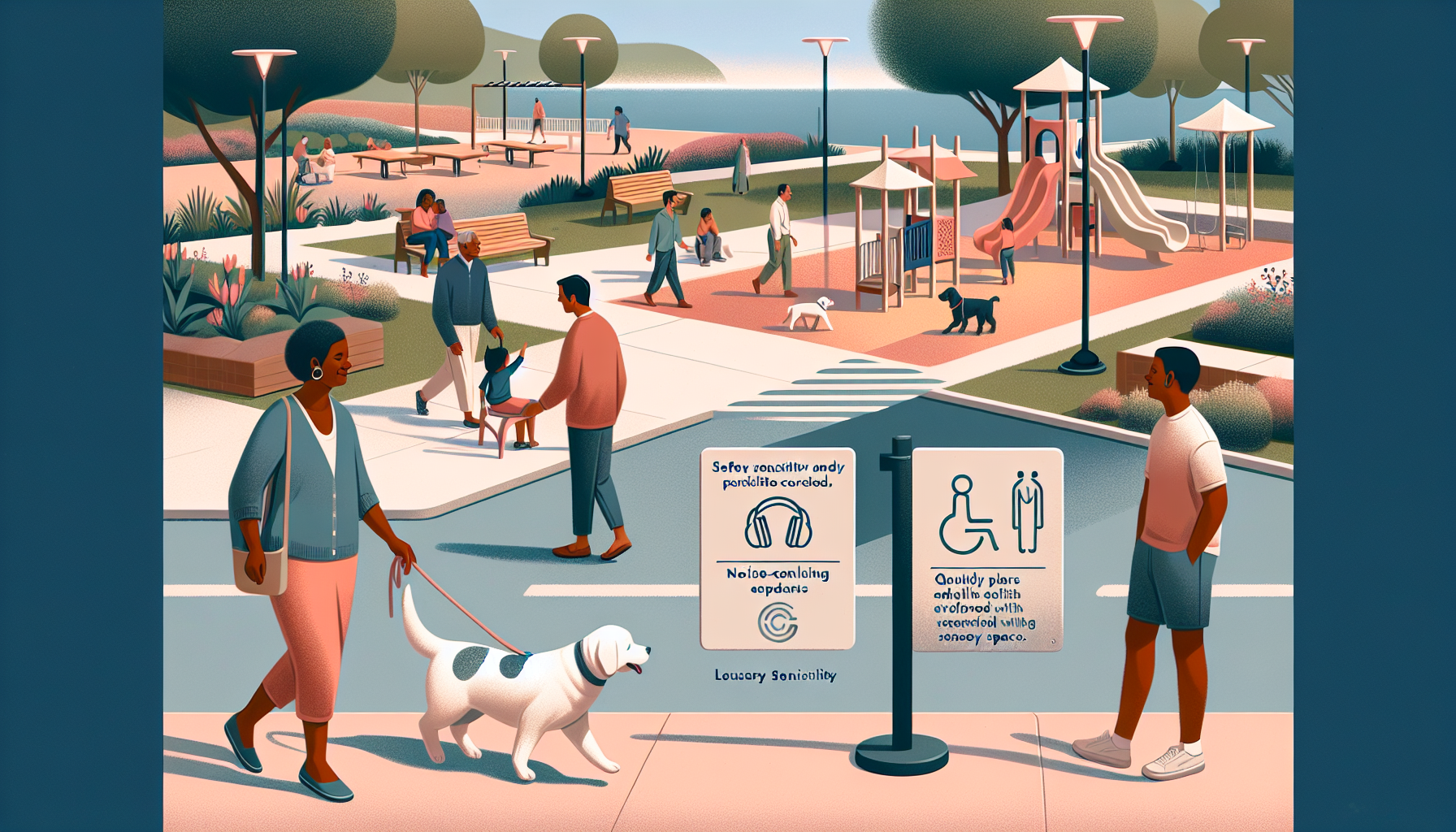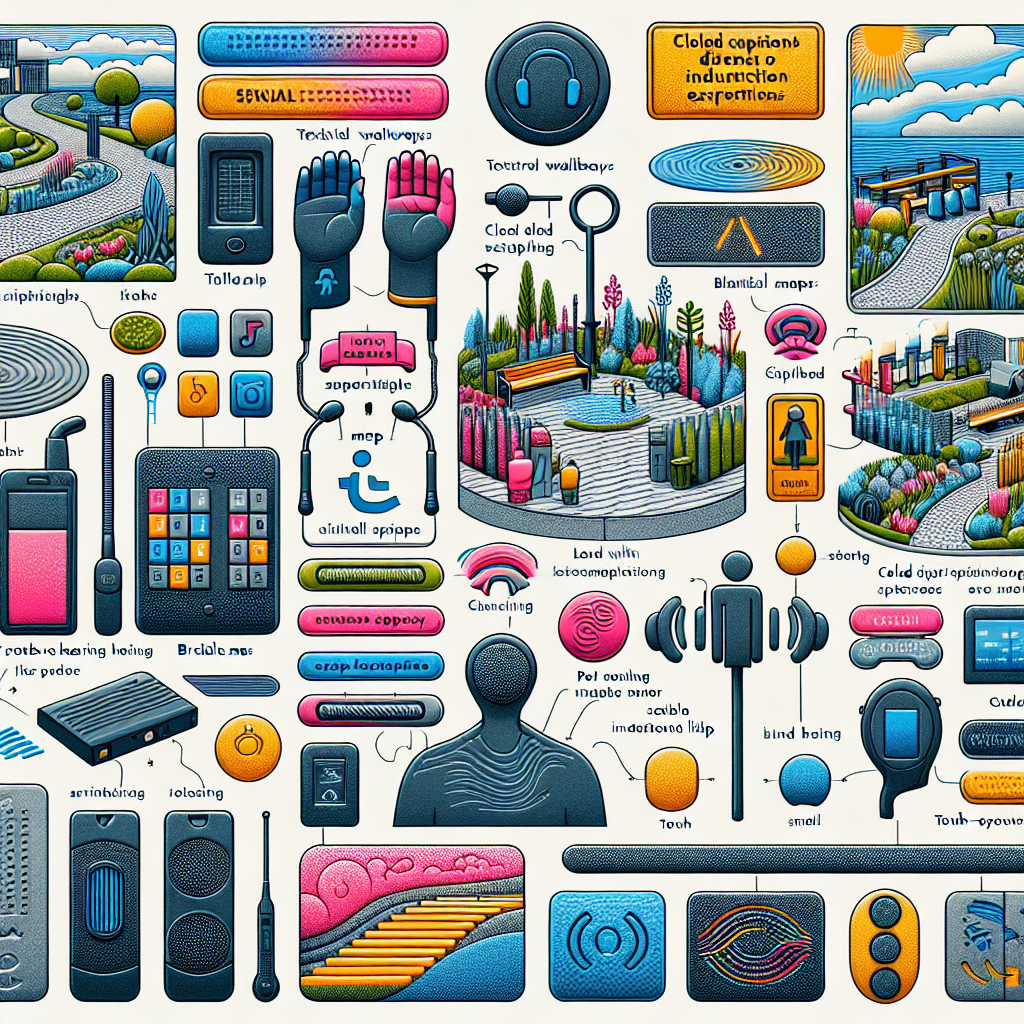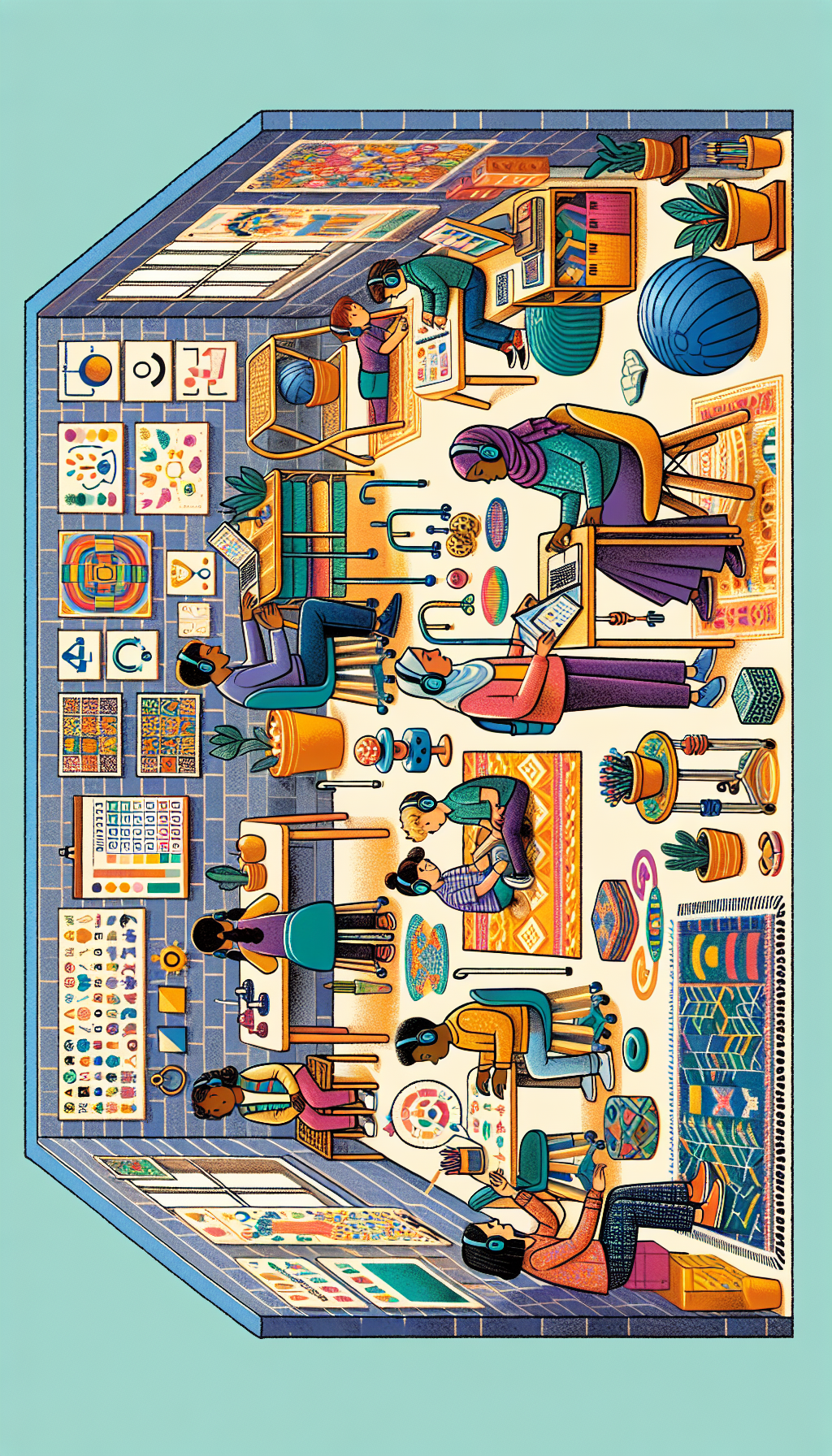In the intricate tapestry of human experience, sensory perception plays a crucial role in how we interact with our surroundings. Our senses help us navigate the world, but for individuals with sensory sensitivities, everyday environments can be overwhelming and distressing. Sensory processing issues can significantly affect a person’s quality of life, necessitating a thoughtful approach to community settings that caters to their unique needs. As we delve into this topic, we will explore strategies and considerations for creating inclusive spaces that respect and support sensory diversity.
Understanding Sensory Sensitivity
Sensory sensitivity, or sensory processing sensitivity, is a term used to describe the way some individuals experience a heightened response to sensory stimuli. This can include sensitivity to lights, sounds, textures, tastes, and smells that are typically unnoticed by others. Such sensitivities are often associated with conditions like Autism Spectrum Disorder (ASD), Attention Deficit Hyperactivity Disorder (ADHD), and Sensory Processing Disorder (SPD), but can also be present in those without any diagnosed condition.
When sensory input becomes too intense or overwhelming, it can lead to sensory overload, resulting in discomfort, anxiety, and sometimes even physical pain. Therefore, understanding the intricacies of sensory health is paramount when considering community design and support services.
For a broader understanding of sensory health, consider reading about Sensory Health and its implications on overall well-being.
Designing Sensory-Friendly Community Spaces
Creating sensory-friendly environments involves a multifaceted approach that encompasses various aspects of community infrastructure. From public parks to libraries, each space should be assessed for potential sensory triggers and adapted accordingly.
Considerations for Public Infrastructure
The design of public spaces can either alleviate or exacerbate sensory challenges. Strategies for designing sensory-friendly environments take into account lighting, acoustics, color schemes, and the availability of quiet zones. Soft, natural lighting can replace harsh fluorescent lights, and sound-dampening materials can help reduce ambient noise. Color selection is also vital; muted, calming tones are often more comforting than bright, bold colors.
Incorporating elements of nature, such as plants and water features, can have a soothing effect. Additionally, providing clearly marked escape routes and quiet areas where individuals can retreat if they feel overwhelmed is essential. For a deeper dive into these strategies, the article Strategies for Designing Sensory Friendly Public Infrastructure offers valuable insights.
Role of Multisensory Environments
Multisensory environments are specially designed spaces that engage multiple senses in a controlled manner, often used in therapeutic settings to benefit individuals with sensory sensitivities. These environments can be integrated into community settings to provide a safe and engaging space for sensory exploration and relaxation. To understand their role in patient care and community settings, refer to the article on the Role of Multisory Environments in Patient Care.
Sensory Tools and Community Support
A range of sensory tools, like noise-canceling headphones, tactile toys, and weighted blankets, can be made available in community settings to help individuals manage their sensory input. Furthermore, training for community staff in understanding sensory sensitivities can enhance support services, making public spaces more accommodating and inclusive. Resources for implementing these tools can be found in the discussion on Sensory Tools and Resources for Effective Autism Support.
Involving and Educating the Community
Achieving sensory-friendly environments is not only a design challenge but also a community effort. Education plays a critical role in fostering empathy and understanding towards sensory-sensitive individuals. Workshops, seminars, and informational campaigns can raise awareness and encourage community members to support the creation of inclusive spaces.
External Resources for Community Education
To support the points on community education, the following niche resources provide valuable information and strategies:
- Sensory Processing Foundation offers research and education on sensory processing to help communities understand the importance of sensory-friendly environments.
- The Inclusive City Hub provides case studies and insights on designing cities with inclusivity in mind, including sensory considerations.
- Autism Speaks Community Toolkit outlines strategies for assessing and improving community settings to better serve individuals with autism, including sensory-friendly adjustments.
Addressing Sensory Needs in Education and the Workplace
Sensory sensitivity extends beyond public spaces into educational settings and the workplace. Sensory-friendly practices in school design can significantly improve the learning experience for students with sensory challenges. Similarly, addressing sensory overload in the workplace can enhance productivity and comfort for employees.
For insights into addressing these needs in education, the article on The Challenges and Solutions of Sensory Processing in Education is particularly relevant.
Conclusion
Assessing and addressing the needs of sensory-sensitive individuals in community settings is an ongoing process that requires empathy, understanding, and creativity. By considering sensory health in the design of public infrastructure, fostering community involvement, and providing necessary tools and education, we can create spaces where everyone feels welcome and supported. It is not only about mitigating discomfort but also about celebrating and accommodating the diversity of human experiences in our shared environments. As we continue to learn and adapt, we move closer to a world where sensory sensitivities are not an obstacle but a valued aspect of community life.



